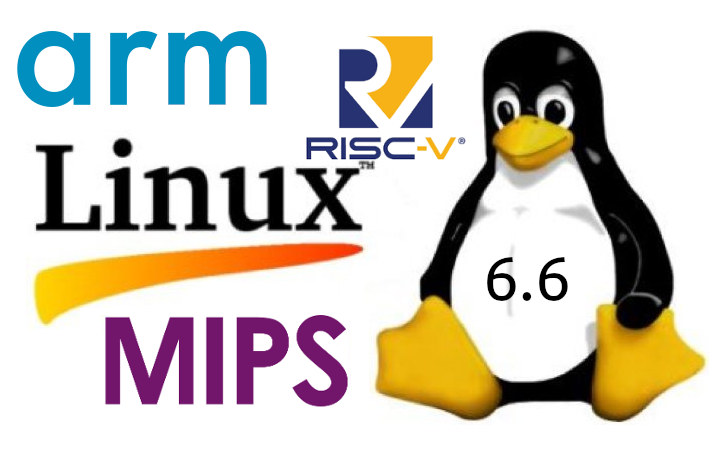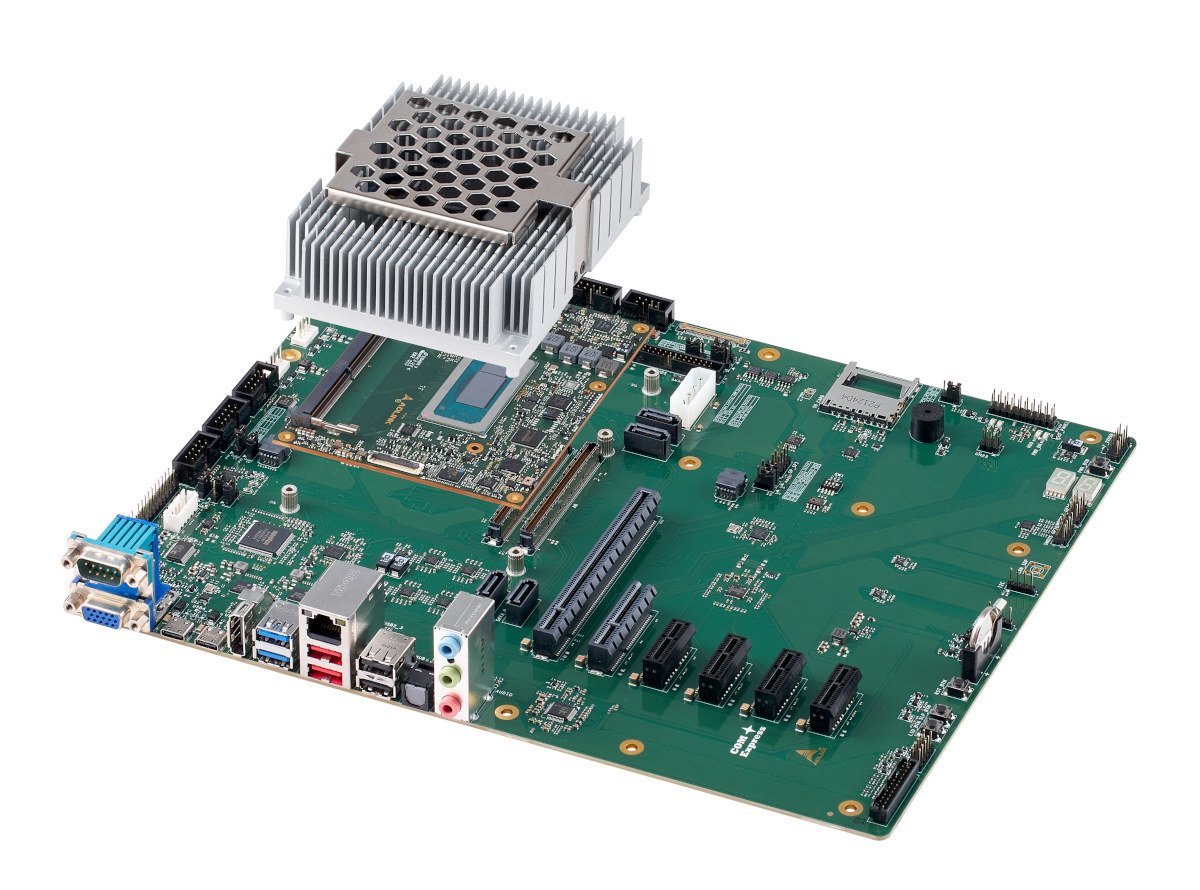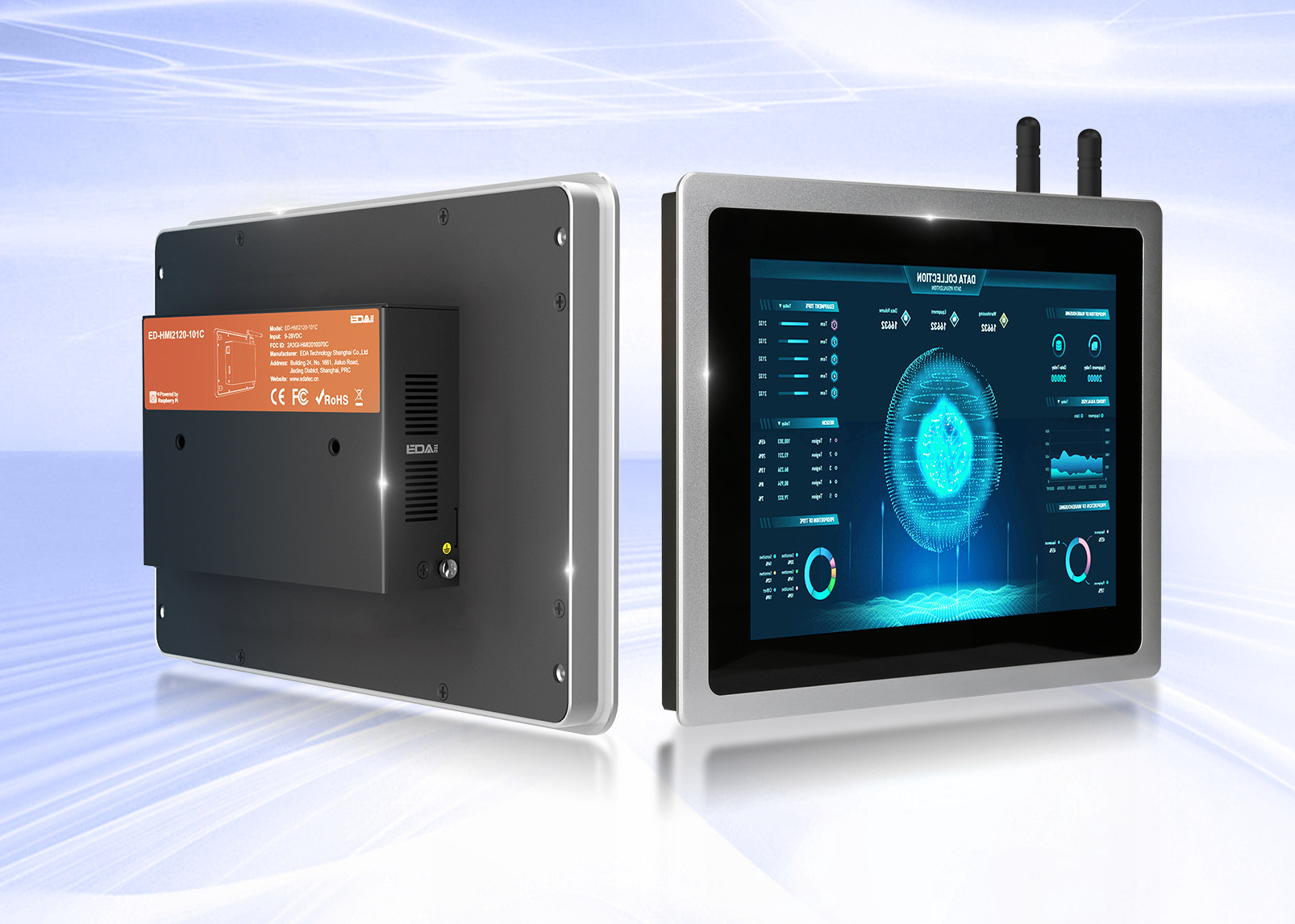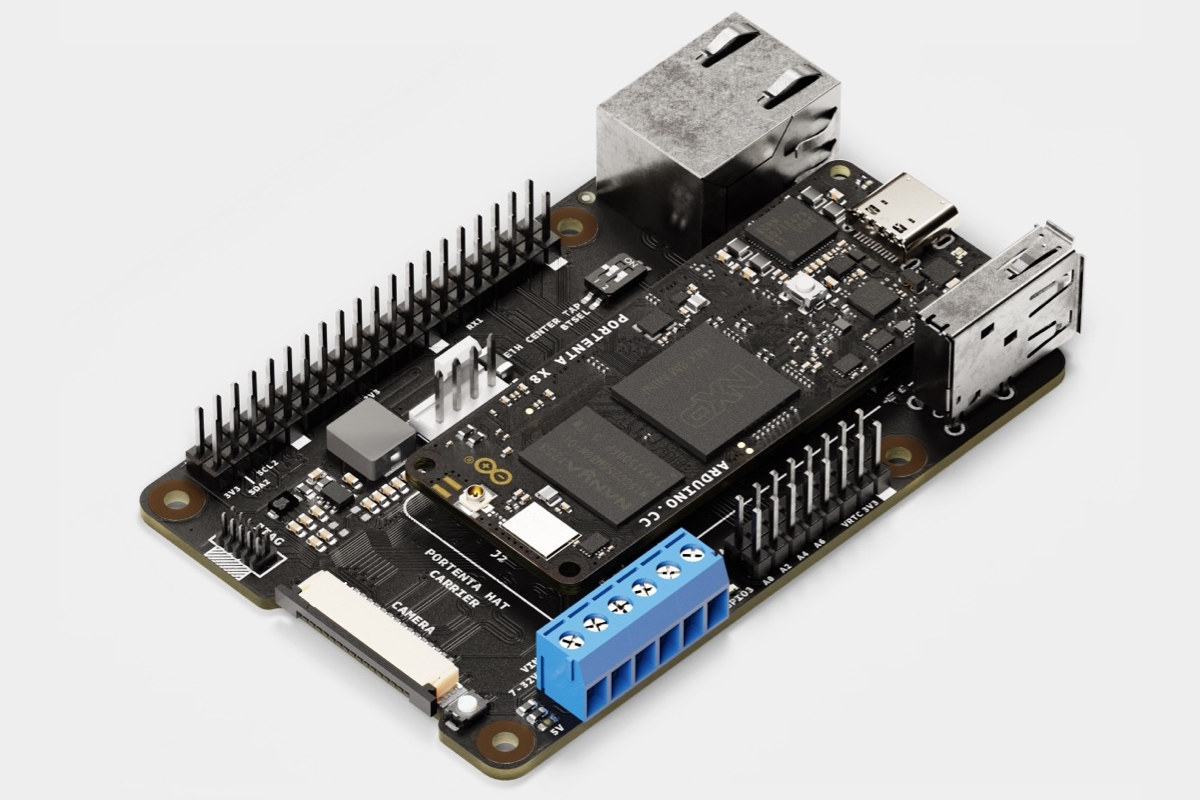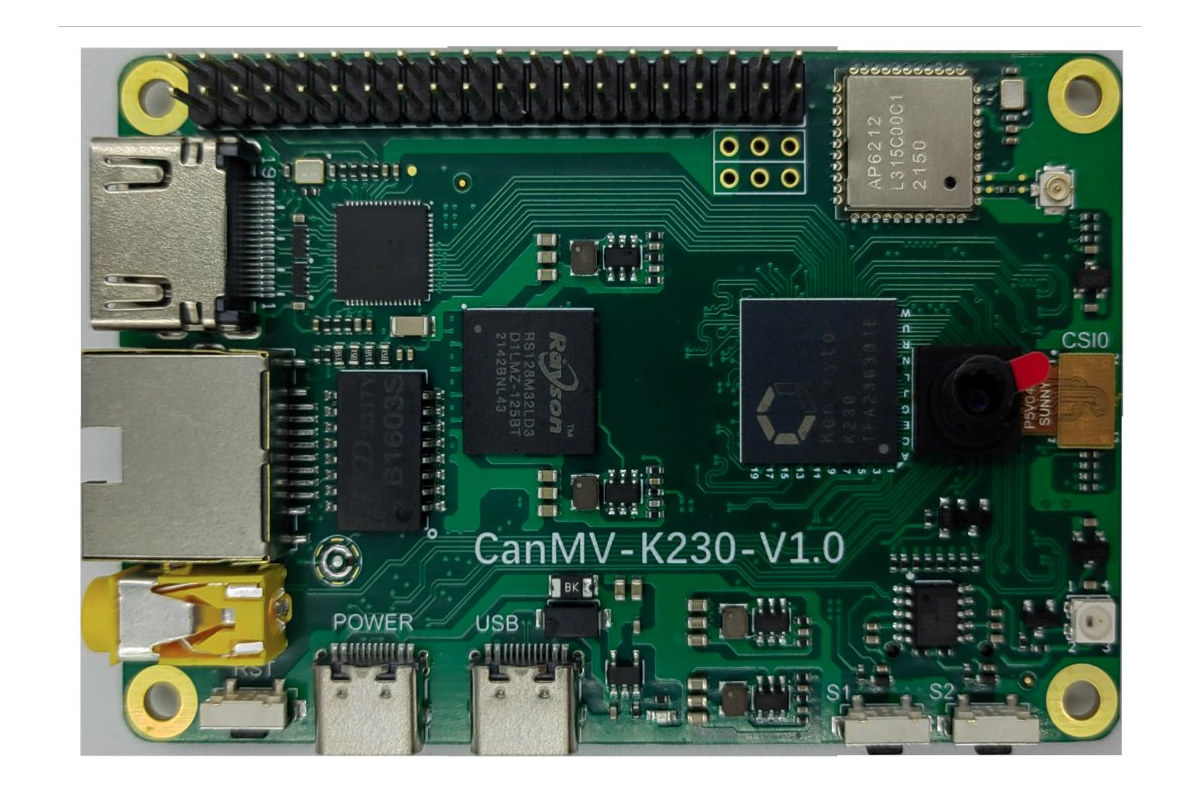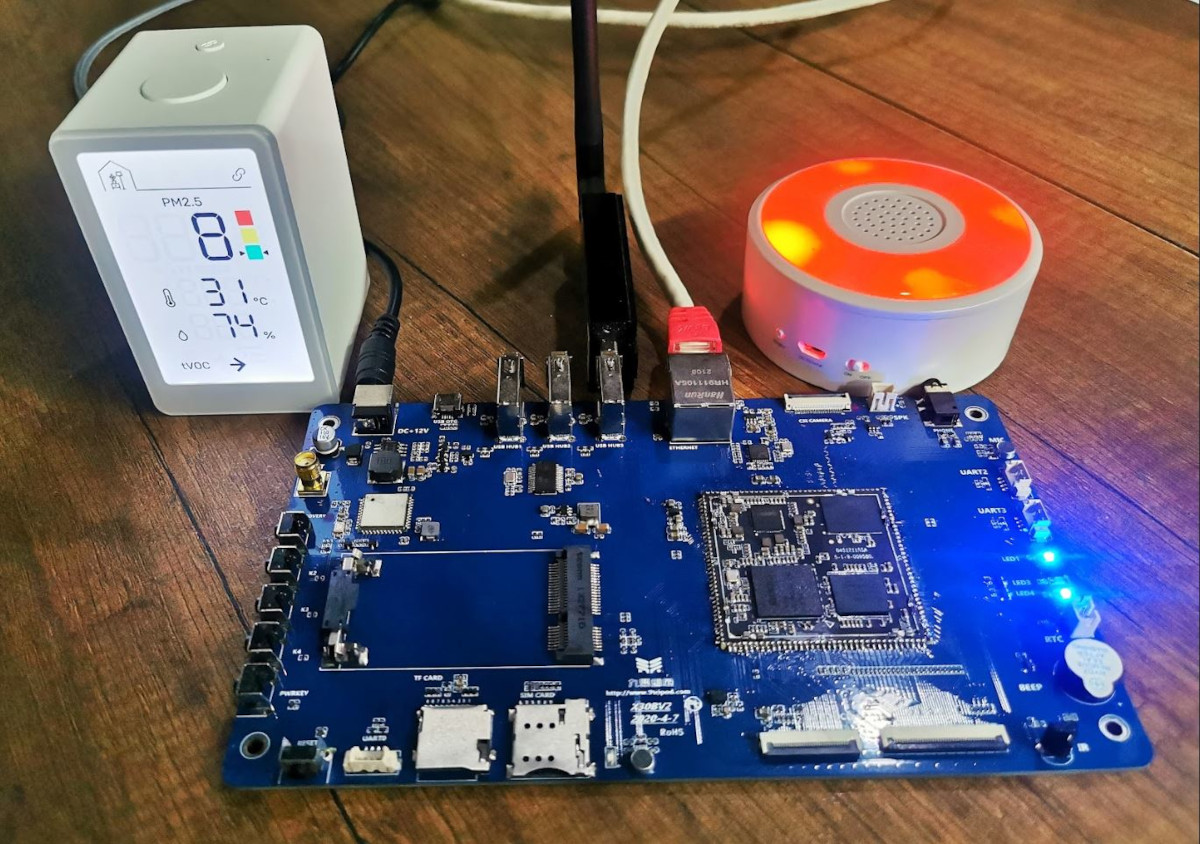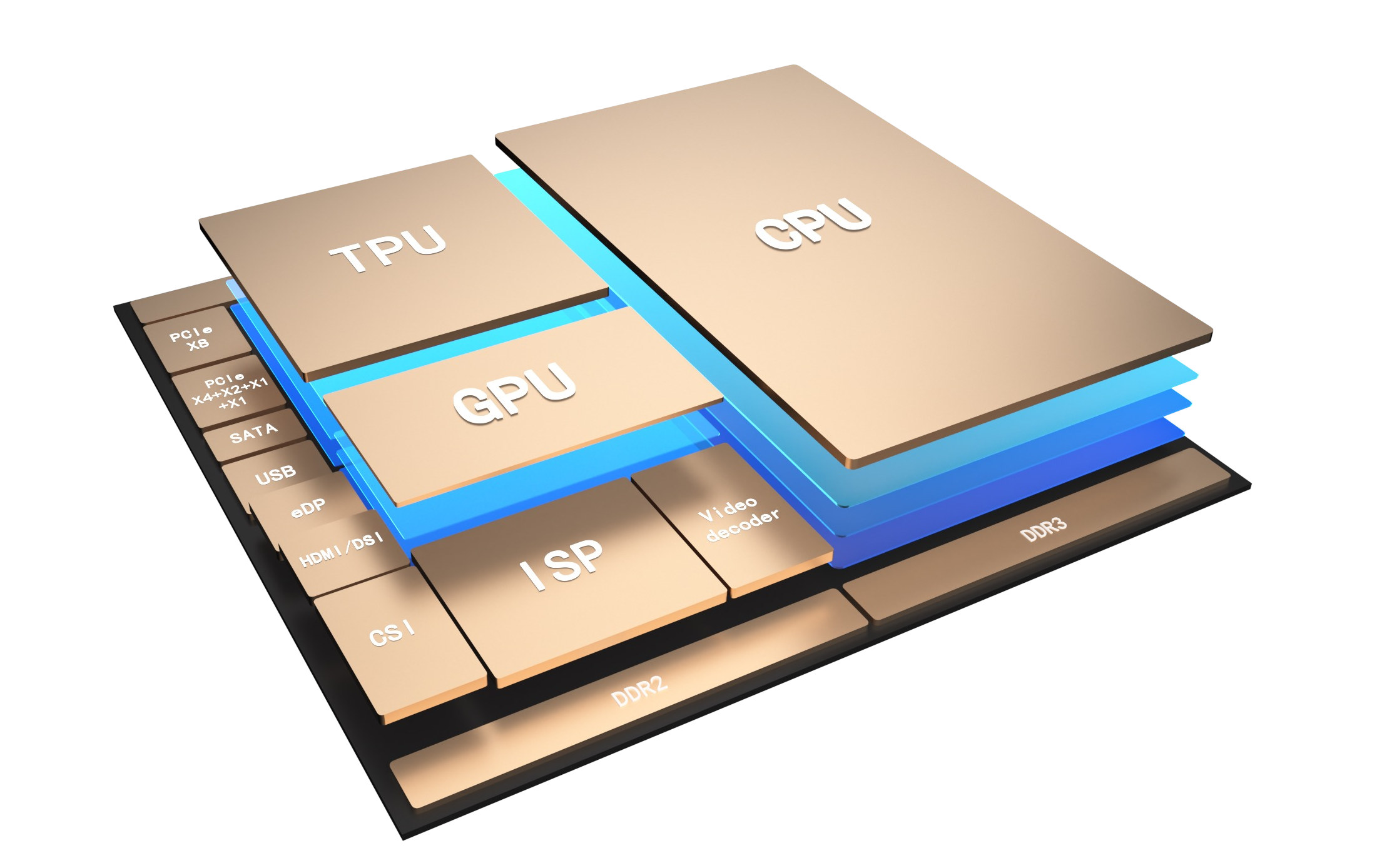The Linux 6.6 release has just been announced by Linus Torvalds on the Linux Kernel Mailing List (LKML): So this last week has been pretty calm, and I have absolutely no excuses to delay the v6.6 release any more, so here it is. There’s a random smattering of fixes all over, and apart from some bigger fixes to the r8152 driver, it’s all fairly small. Below is the shortlog for last week for anybody who really wants to get a flavor of the details. It’s short enough to scroll through. This obviously means that the merge window for 6.7 opens tomorrow, and I appreciate how many early pull requests I have lined up, with 40+ ready to go. That will make it a bit easier for me to deal with it, since I’ll be on the road for the first week of the merge window. Linus About two months ago, […]
Qualcomm Snapdragon 8 Gen 3 gains upstream Linux support
Linaro has announced upstream Linux support for the newly released Snapdragon 8 Gen 3 mobile platform also codenamed SM8650. The patchsets enable Android 14 AOSP to boot with mainline Linux on Snapdragon 8 Gen 3 hardware using Google SwiftShader CPU-based implementation of the Vulkan graphics API. While there is a lot of buzz around the announcement of the Snapdragon X Elite 12-core Arm processor for laptops in recent days, Qualcomm also introduced its latest premium processor with the Snapdragon 8 Gen 3 Mobile Platform for mobile phones featuring a 3.3 GHz Cortex-X4 core, five Cortex A720 Performance cores, and two Cortex A520 efficiency cores, as well as support for generative AI through AI accelerators. The announcement was made on October 25, and Linaro released the patchsets to the Linux Kernel Mailing List (LKML) on the same day. Android devices are often stuck to an older Linux kernel for their entire […]
COM Express development kit ships with Intel Core i3-13300HE or Core i5-13600HE Raptor Lake-P processor
ADLINK has launched an “IoT prototyping kit” based on the company’s Express-RLP COM Express Type 6 module with either an Intel Core i3-13300HE or Core i5-13600HE Raptor Lake-P processor. The module supports up to 64GB DDR5 and the ATX carrier board offers a wide range of interfaces such as 2.5GbE, two SATA ports, DisplayPort, LVDS (or EDP), and VGA video outputs, two USB4 ports, and more. COM Express Type 6 Raptor Lake-P devkit specifications: System-on-Module – ADLINK Express-RLP COM Express Type 6 computer-on-module Raptor Lake-P SoC Intel Core i5-13600HE 4P+8E cores/16 threads processor @ up to 2.7 GHz with 18MB cache, Intel Iris Xe graphics; TDP: 45W (cTDP: 35W) Intel Core i3-13300HE 4P+4E cores/12 threads processor @ up to 2.1 GHz with 12MB cache, Intel UHD graphics; TDP: 45W (cTDP: 35W) System Memory – Up to 64GB (2x 32GB) DDR5 via SO-DIMM sockets Dimensions – 125 x 95 mm (PICMG […]
Raspberry Pi CM4-based industrial panel PC adds 4G LTE, RS232 and RS485, M.2 NVMe SSD
EDATEC ED-HMI2120-101C is a Raspberry Pi CM4-based industrial panel PC with a 10.1-inch capacitive touchscreen display with plenty of interfaces to cater to a wide range of use cases from robotics to energy management and industrial automation. The panel PC builds upon the ED-HMI2020-101C introduced just a few months ago, but adds a range of features with dual Ethernet, RS485 and RS232 interfaces, and optional supports for an M.2 NVMe SSD and 4G LTE cellular connectivity. The device now supports an even wider DC input range from 9V to 36V and provides three 12V DC outputs to power external hardware such as an additional LCD. ED-HMI2120-101C specifications (with highlights in bold and strikethrough showing the differences against the earlier ED-HMI2020-101C model): System-on-Module (SoM) – Raspberry Pi CM4 SoC – Broadcom BCM2711 CPU – Quad-core Cortex-A72 processor @ 1.5GHz GPU – VideoCore VI conformant with OpenGL ES 3.1 & Vulkan 1.2 […]
The Portenta Hat Carrier board adds Raspberry Pi HAT support to the Portenta X8 SBC
The Arduino Portenta Hat Carrier board aims to interface the Linux-capable Portenta X8 board with the vast ecosystem of Raspberry Pi HAT (Hardware on Top) expansion boards. Introduced last year, the Arduino Portenta X8 is the first Arduino Pro hardware that can run Linux thanks to its NXP i.MX 8M Mini Arm Cortex-A53 quad-core processor. But it comes in a tiny 66.04 x 25.4 mm form factor which may be great for integration into products, but for prototyping or design of products such as IoT gateways, the company has now launched the Portenta Hat Carrier that enables the board to easily connect with the Raspberry Pi HATs available today. Portenta Hat Carrier specifications: Compatible with the Portenta X8 board and future Portenta with the same high-density connectors Storage – MicroSD card slot Camera I/F – MIPI CSI camera connector (CNXSoft: Arduino does not explicitly say whether it’s compatible with the […]
CanMV-K230 AI development board features Kendryte K230 dual-core 64-bit RISC-V processor
CanMV-K230 is a credit card-sized development board for AI and computer vision applications based on the Kendryte K230 dual-core C908 64-bit RISC-V processor with built-in KPU (Knowledge Process Unit) and various interfaces such as MIPI CSI inputs and Ethernet. The first Kendryte RISC-V AI processor was launched in 2018 with the K210 which I tested with the Grove AI HAT and Maixduino board and found fun to experiment with, but noted that performance was limited. Since then the company introduced the K510 mid-range AI processor with a more powerful 3 TOPS AI accelerator, and the K230 entry-level successor to the K210 – which was planned for 2022 in a 2021 roadmap – has now just been launched and integrated into the CanMV-K230 development board. CanMV-K230 specifications: SoC – Kendryte K230 CPU 64-bit RISC-V processor @ 1.6GHz with RISC-V Vector Extension 1.0, FPU 64-bit RISC-V processor @ 800MHz with support for […]
DSOM-020R PX30 development board review – Unboxing, Benchmarks, and Zigbee gateway
Dusun IoT DSOM-020R PX30 is a development board based on the company’s 1.3GHz Rockchip PX30K quad-core Cortex-A35 module of the same name designed for industrial applications that emphasize reliability and power efficiency. The board comes with various ports and expansion capabilities with support for monitors, microphones, and sensors through its carrier board in order to create prototypes and develop software before integrating the SOM DSOM-020 PX30 system-on-module into your own custom carrier board and product. As the company stipulates on the website, the development board is suitable for AIoT equipment, vehicle control, gaming platforms, smart displays, medical equipment, vending machines, and industrial computers. Let’s start the review with an unboxing of the DSOM-020R PX30 development board to find out more. DSOM-020R PX30 development board unboxing Dusun IoT sent us a basic kit of the DSOM-020R PX30 development board for review with a carrier board, the DSOM-020 PX30 system-on-module module, a […]
Sophgo SG2380 – A 2.5 GHz 16-core SiFive P670 RISC-V processor with a 20 TOPS AI accelerator
Sophgo SG2380 is an upcoming 2.5 GHz 16-core RISC-V processor based on SiFive Performance P670 cores and also equipped with a 20 TOPS AI accelerator using SiFive Intelligence X280 and Sophgo TPU that will find its way into a $120 desktop-class mini-ITX motherboard in H2 2024. The RISC-V processor also supports up to 64GB RAM, as well as UFS 3.2 and SATA 3.0 storage, comes with an Imagination GPU for 3D graphics and a VPU capable of 4Kp60 H.265, H.264, AV1, and VP9 video decoding, plenty of interfaces, and the system can manage locally deployed larger-scale LLMs like LLaMA-65B without the need for external NVIDIA or AMD accelerator cards. Sophgo SG2380 RISC-V SoC Sophgo SG2380 specifications: CPU 16-core SiFive P670 (RV64GCVH) 64-bit RISC-V processor @ up to 2.5GHz with RISC-V Vector v1.0, Vector Crypto Cluster configuration – 12x 2.5 GHz performance cores, 4x 1.6 GHz efficiency cores Full RISC-V RVA22 […]


